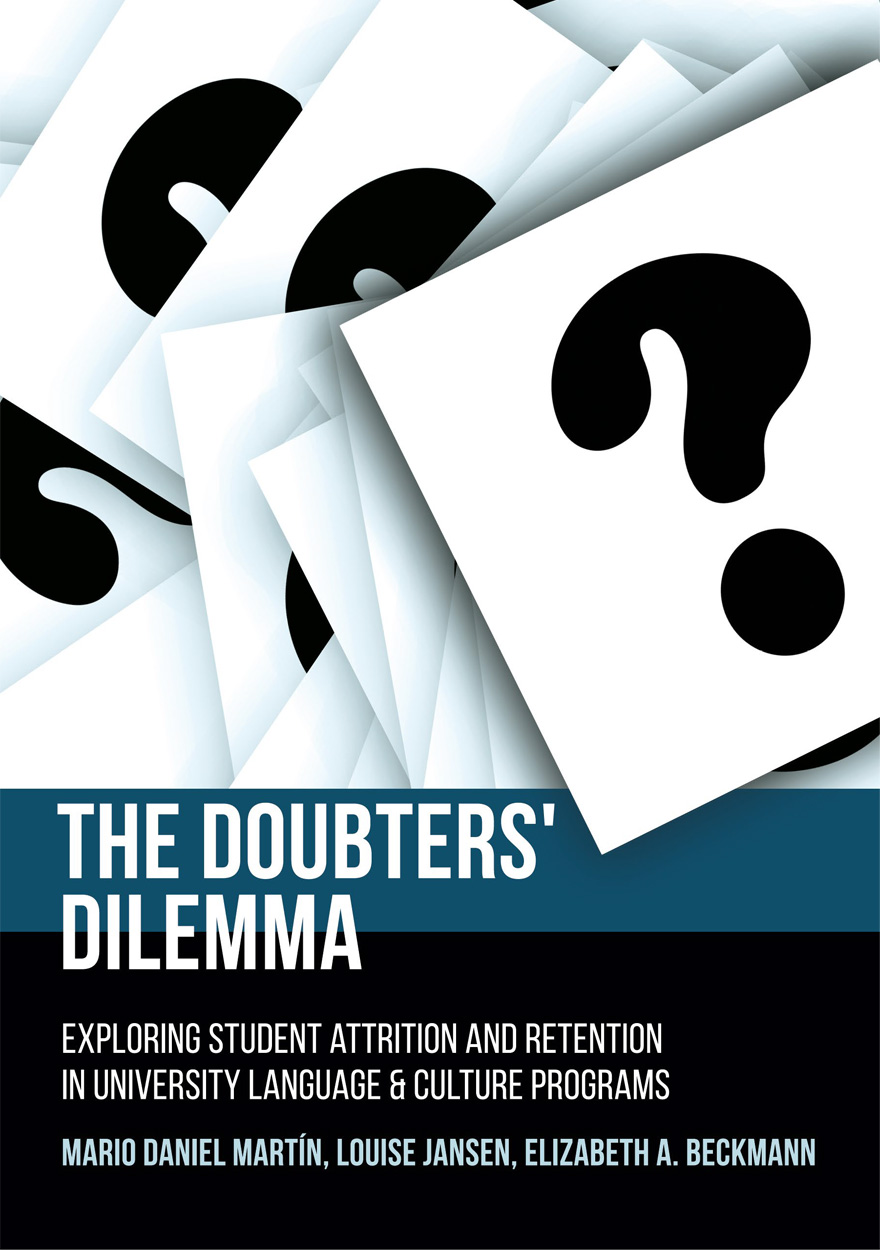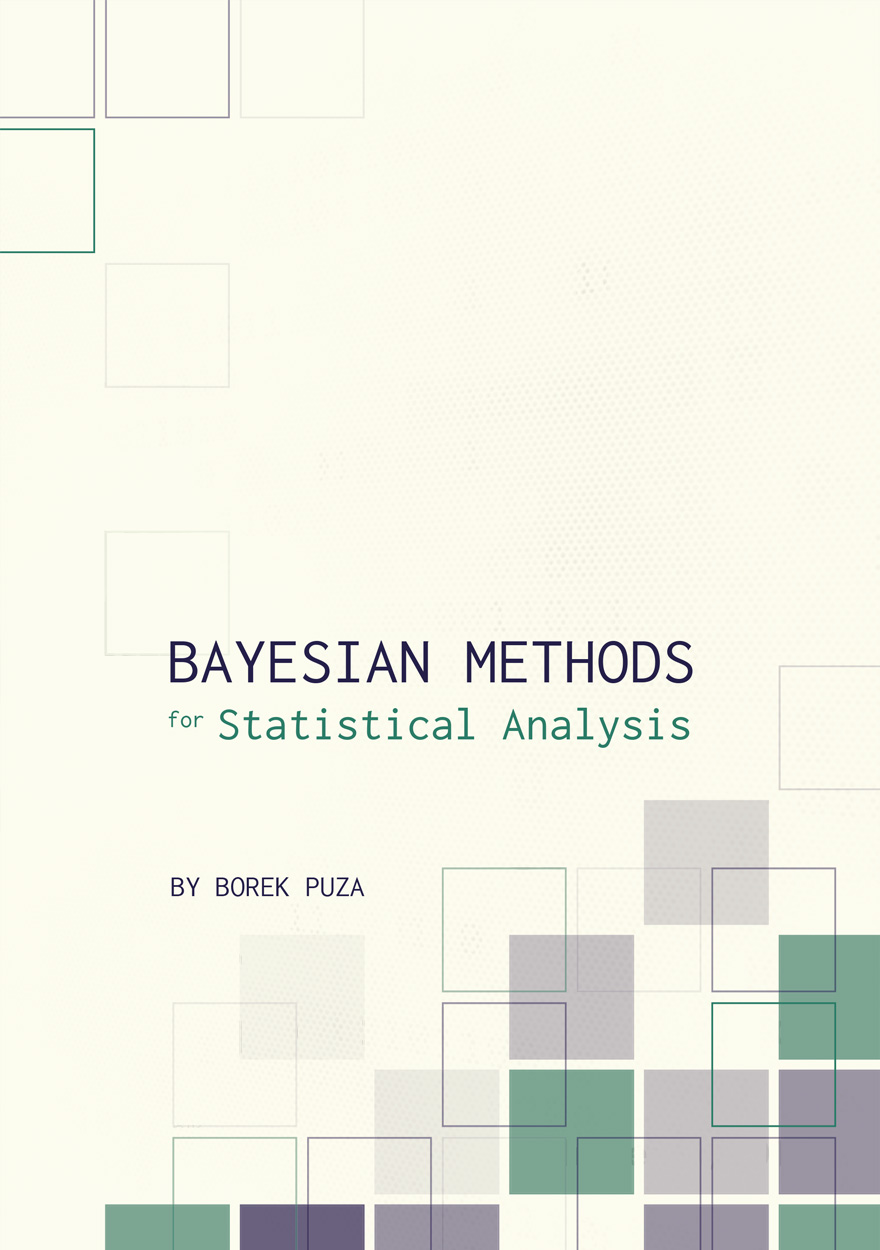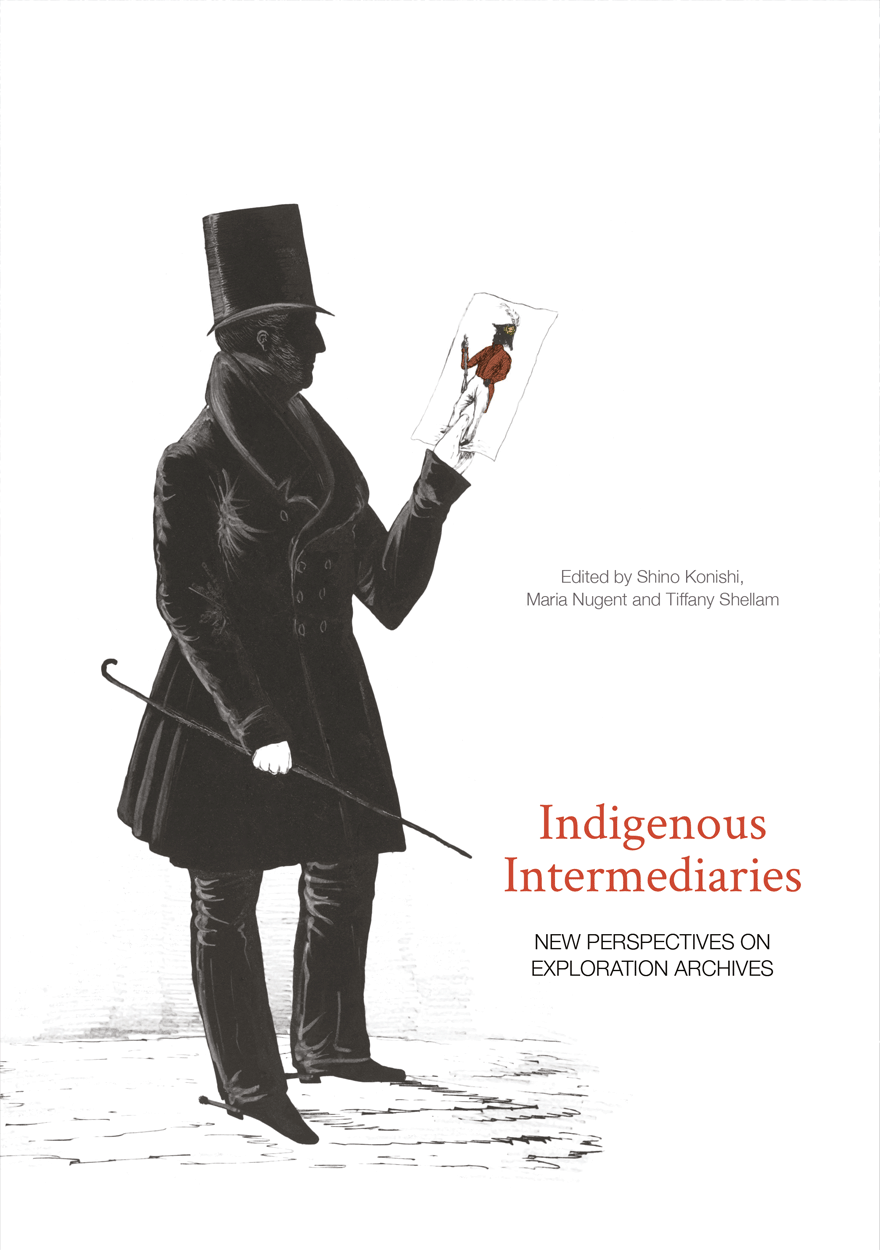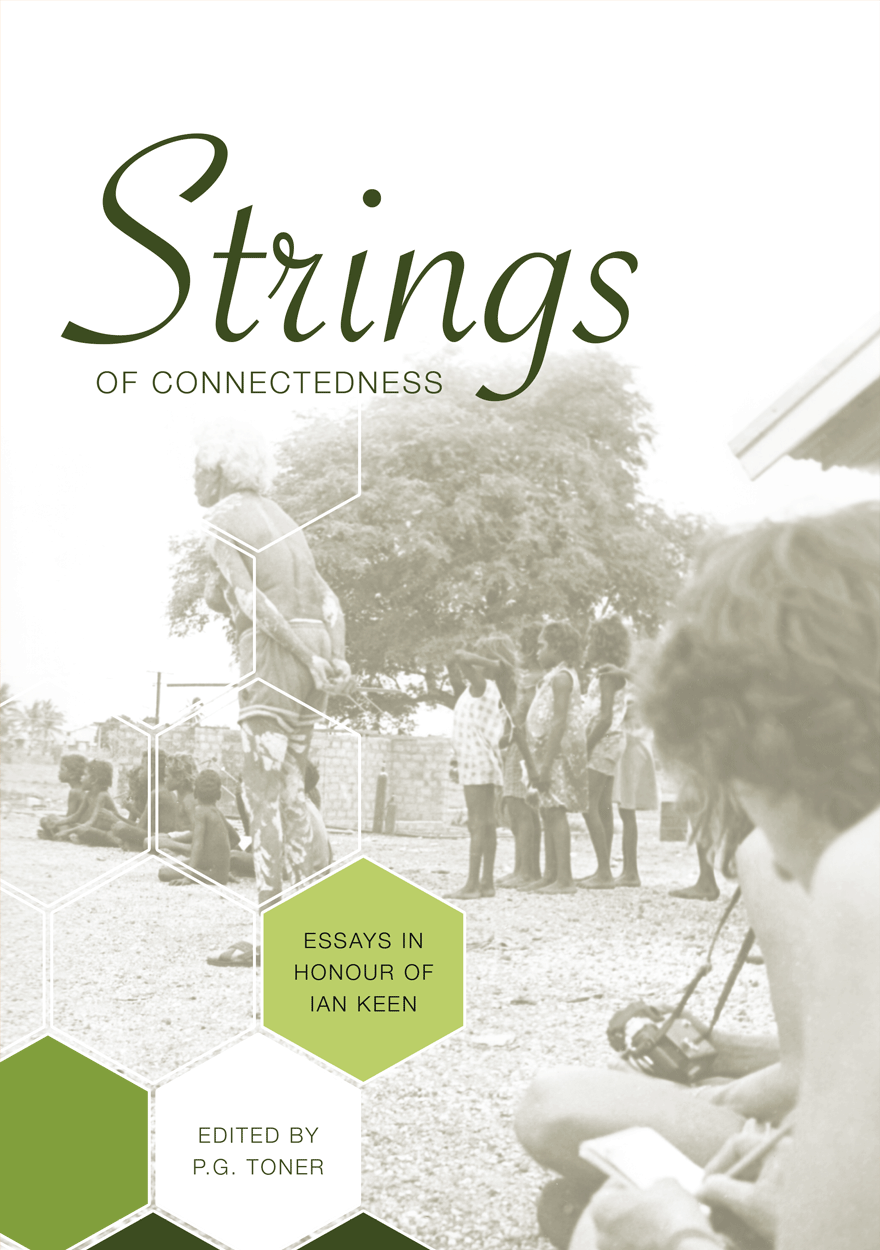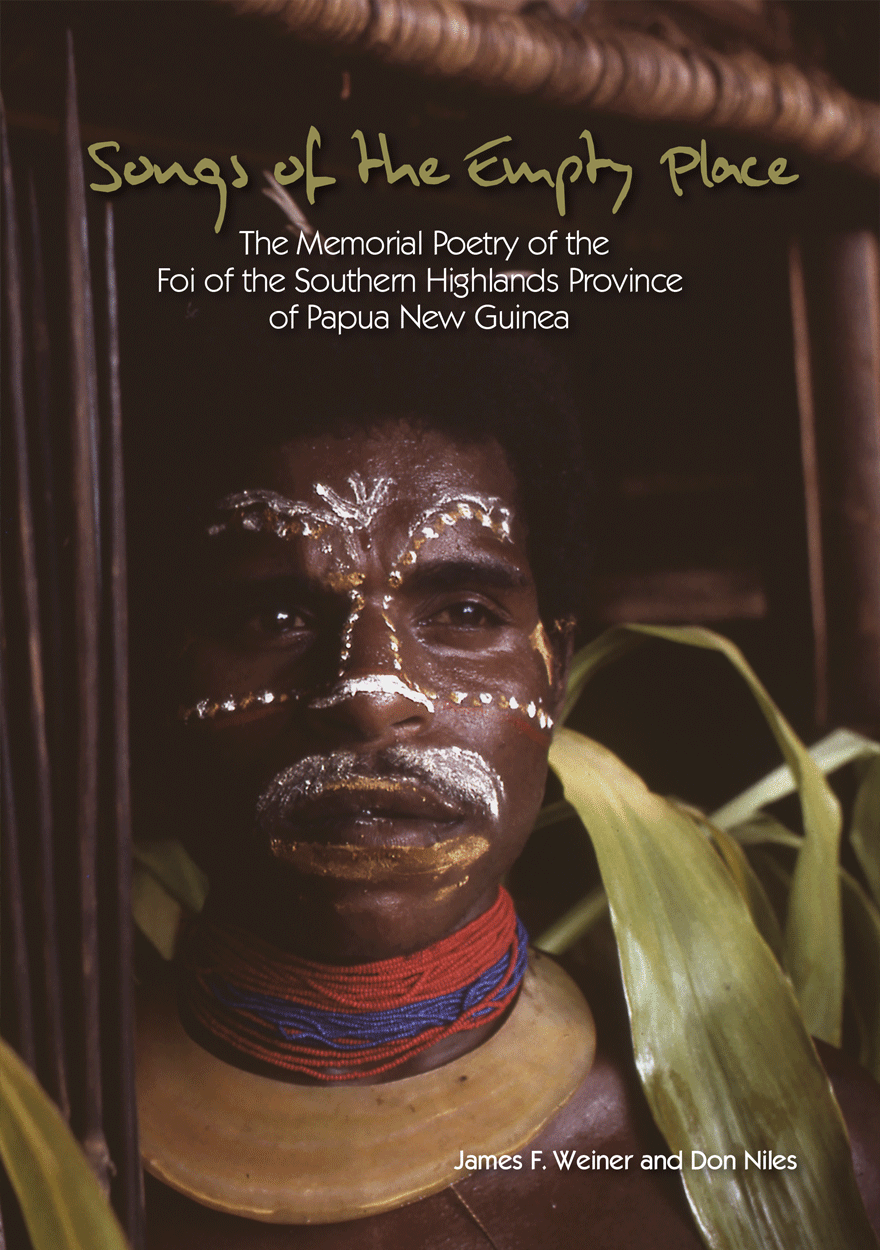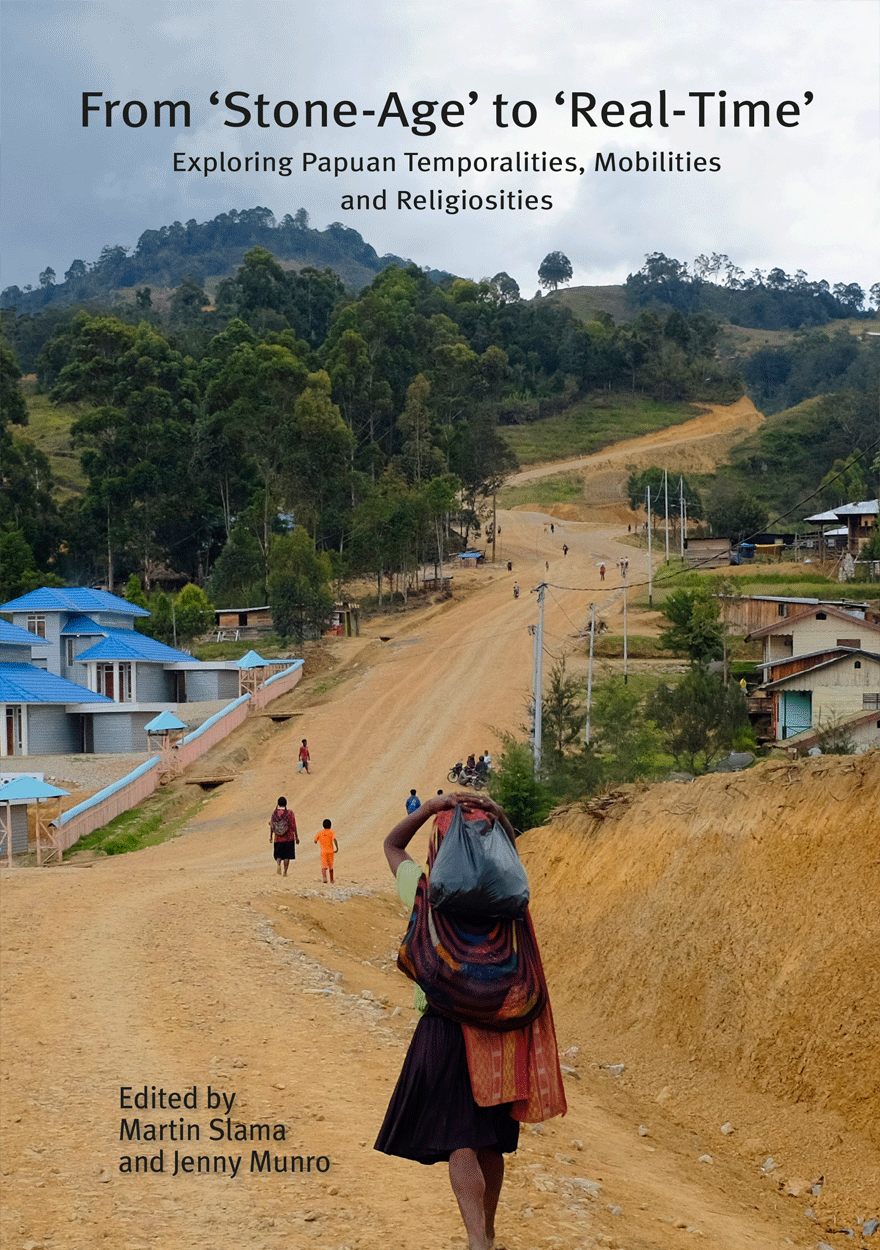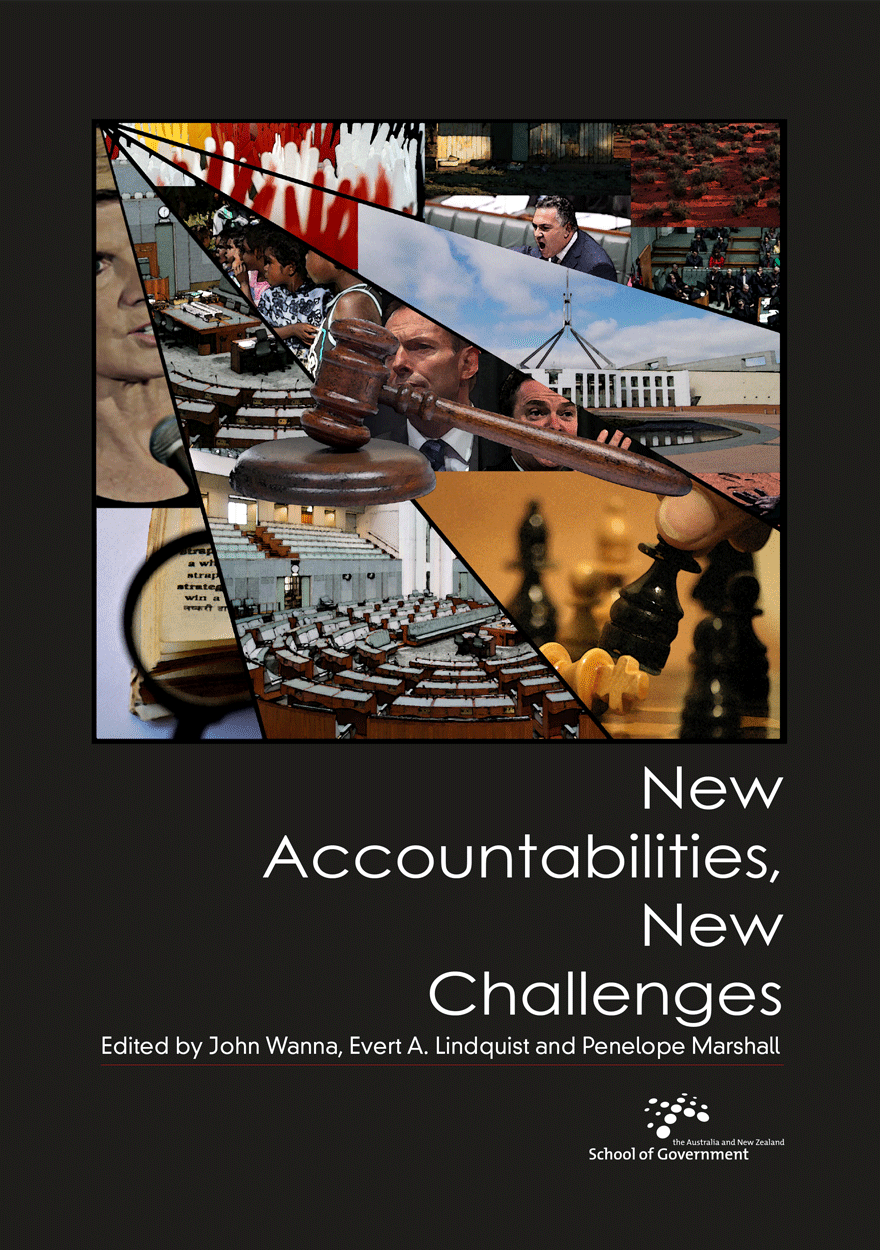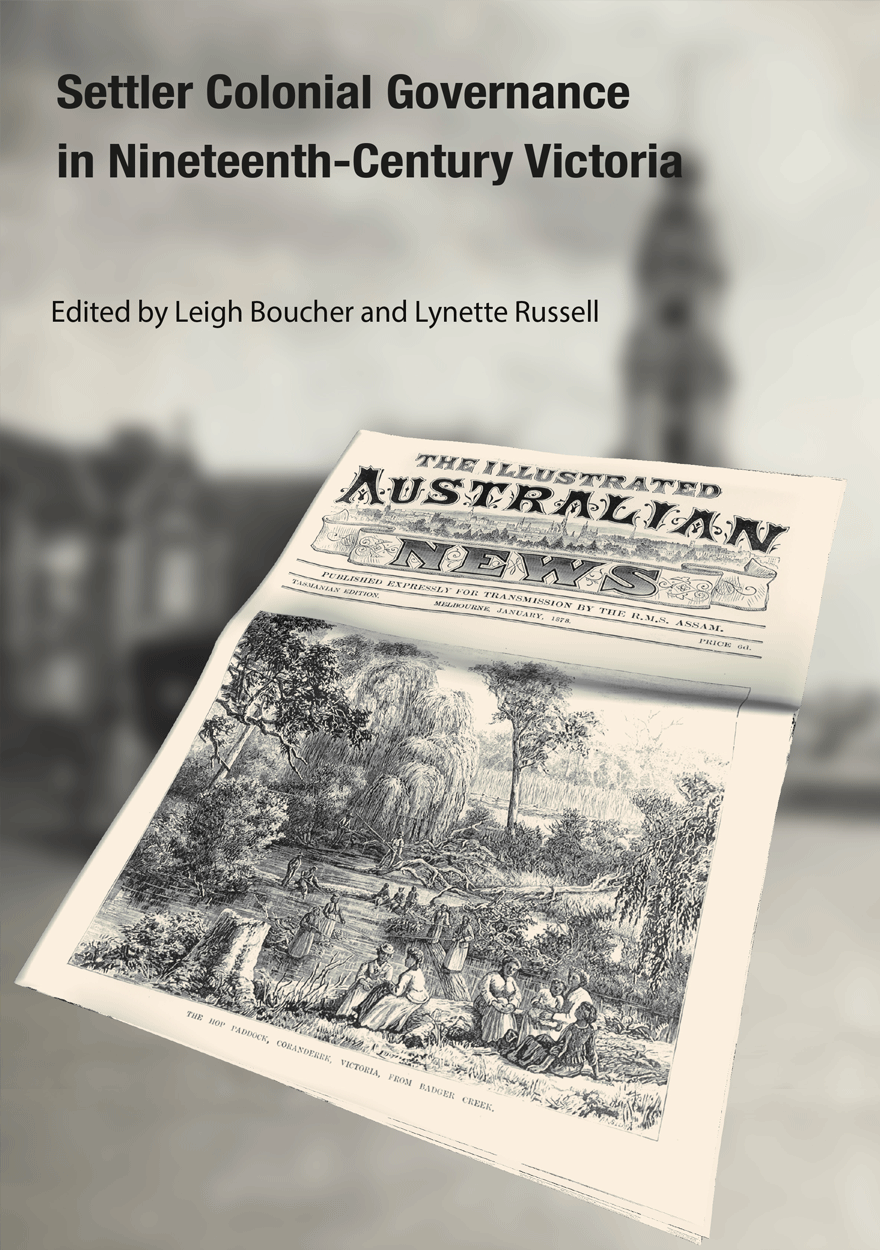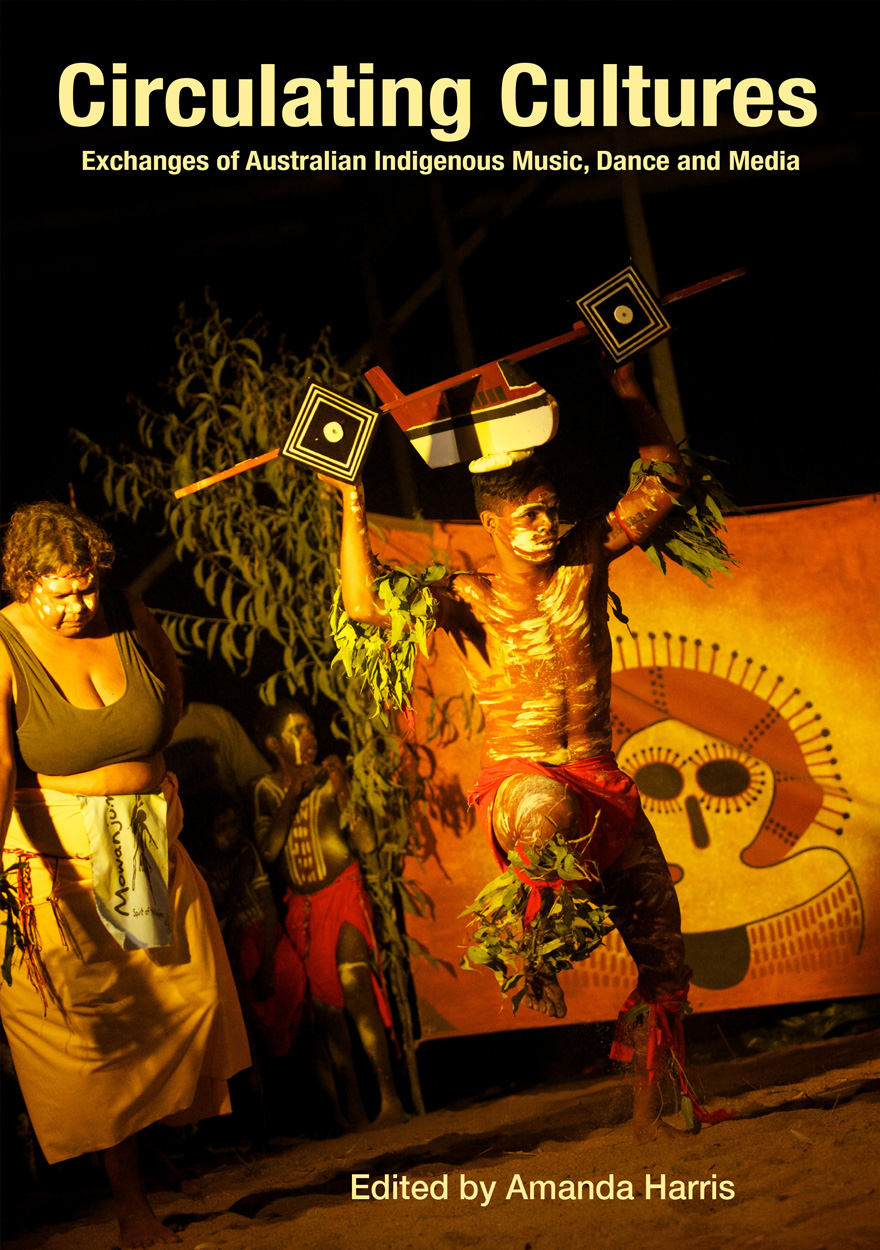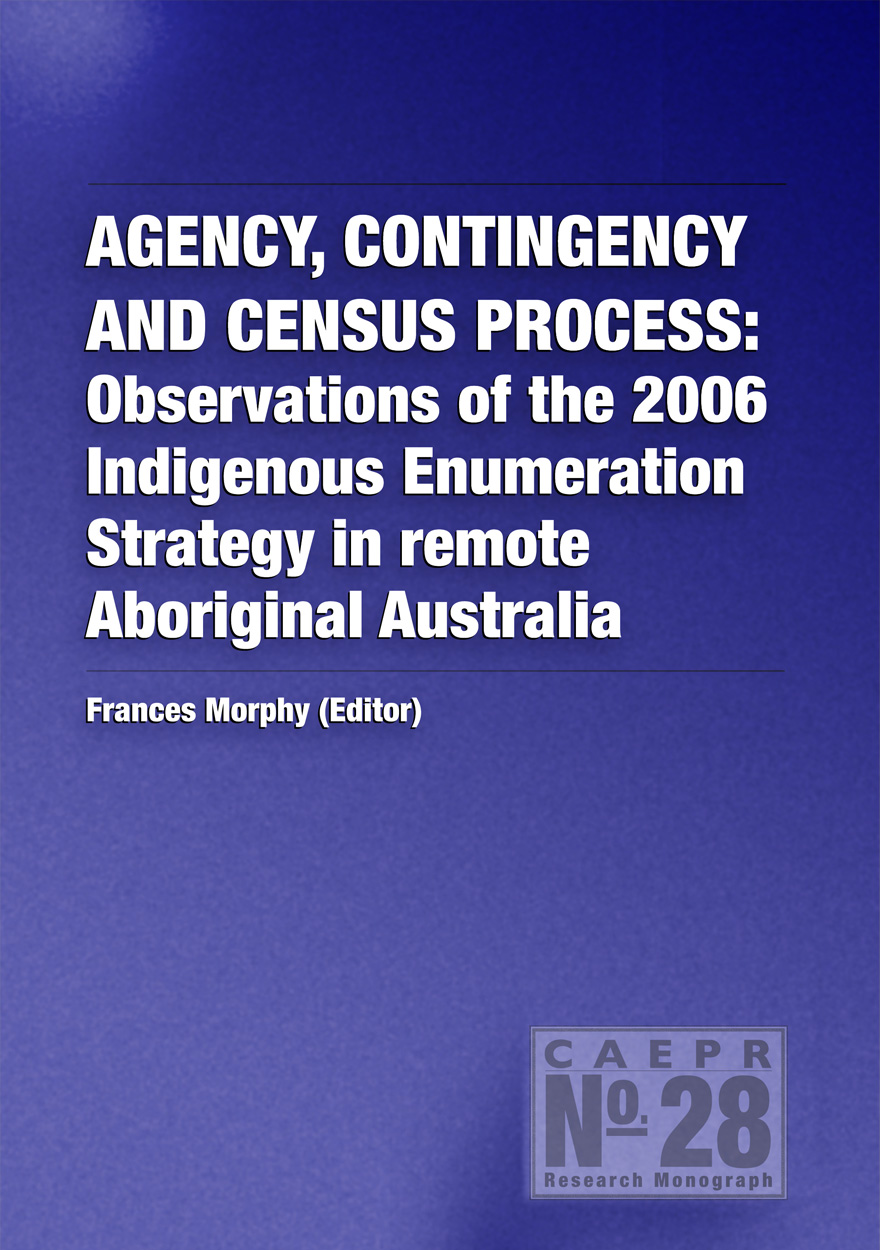
Agency, Contingency and Census Process
Observations of the 2006 Indigenous Enumeration Strategy in remote Aboriginal Australia
Edited by: Frances MorphyPlease read Conditions of use before downloading the formats.
Description
The Indigenous Enumeration Strategy (IES) of the Australian National Census of Population and Housing has evolved over the years in response to the perceived ‘difference’ of the Aboriginal and Torres Strait Islander populations. Its defining characteristics are the use of locally recruited, mostly Indigenous collector interviewers, and the administration of a modified collection instrument in discrete Indigenous communities, mostly in remote Australia.
The research reported here is unique. The authors, with the assistance of the Australian Bureau of Statistics, were able to follow the workings of the IES in the 2006 Census from the design of the collection instrument to the training of temporary census field staff at the Northern Territory’s Census Management Unit in Darwin, to the enumeration in four remote locations, through to the processing stage at the Data Processing Centre in Melbourne. This allowed the tracking of data from collection to processing, and an assessment of the effects of information flows on the quality of the data, both as input and output.
This study of the enumeration involved four very different locations: a group of small outstation communities (Arnhem Land), a large Aboriginal township (Wadeye), an ‘open’ town with a majority Aboriginal population (Fitzroy Crossing), and the minority Aboriginal population of a major regional centre (Alice Springs). A comparison between these contexts reveals differences that reflect the diversity of remote Aboriginal Australia, but also commonalities that exert a powerful influence on the effectiveness of the IES, in particular very high levels of short-term mobility. The selection of sites also allowed a comparison between the enumeration process in the Northern Territory, where a time-extended rolling count was explicitly planned for, and Western Australia, where a modified form of the standard count had been envisaged.
The findings suggest that the IES has reached a point in its development where the injection of ever-increasing resources into essentially the same generic set and structure of activities may be producing diminishing returns. There is a need for a new kind of engagement between the Australian Bureau of Statistics and local government and Indigenous community-sector organisations in remote Australia. The agency and local knowledge of Indigenous people could be harnessed more effectively through an ongoing relationship with such organisations, to better address the complex contingencies confronting the census process in remote Indigenous Australia.
Details
- ISBN (print):
- 9781921313585
- ISBN (online):
- 9781921313592
- Publication date:
- Dec 2007
- Note:
- CAEPR Monograph No. 28
- Imprint:
- ANU Press
- DOI:
- http://doi.org/10.22459/CAEPR28.12.2007
- Series:
- Centre for Indigenous Policy Research (CIPR)
- Co-publisher:
- Centre for Indigenous Policy Research (CIPR)
- Disciplines:
- Social Sciences: Indigenous Studies, Statistics & Operational Research
- Countries:
- Australia
PDF Chapters
Agency, Contingency and Census Process »
Please read Conditions of use before downloading the formats.
If your web browser doesn't automatically open these files, please download a PDF reader application such as the free Adobe Acrobat Reader.
To copy a chapter DOI link, right-click (on a PC) or control+click (on a Mac) and then select ‘Copy link location’.
- Preliminary Pages (PDF, 143KB)
- Notes on Contributors (PDF, 78KB)
- Abbreviations and acronyms (PDF, 54KB)
- Preface (PDF, 83KB)
- Acknowledgements (PDF, 53KB)
- Producing powerful numbers (PDF, 105KB) – Frances Morphy, Will Sanders and John Taylor doi
- Preparing for the 2006 enumeration at the Darwin Census Management Unit (PDF, 138KB) – Frances Morphy doi
- A vast improvement: the 2006 enumeration in the Alice Springs town camps (PDF, 1.6MB) – Will Sanders doi
- Mobility and its consequences: the 2006 enumeration in the north-east Arnhem Land region (PDF, 779KB) – Frances Morphy doi
- Whose census? Institutional constraints on the Indigenous Enumeration Strategy at Wadeye (PDF, 1.1MB) – John Taylor doi
- What sort of town is Fitzroy Crossing? Logistical and boundary problems of the 2006 enumeration in the southern Kimberley (PDF, 4.0MB) – Kathryn Thorburn doi
- After the count and after the fact: at the Darwin Census Management Unit (PDF, 149KB) – Frances Morphy doi
- The transformation of input into output: at the Melbourne Data Processing Centre (PDF, 130KB) – Frances Morphy doi
- Accommodating agency and contingency: towards an extended strategy for engagement (PDF, 130KB) – Frances Morphy, Will Sanders and John Taylor doi
Other publications that may interest you





